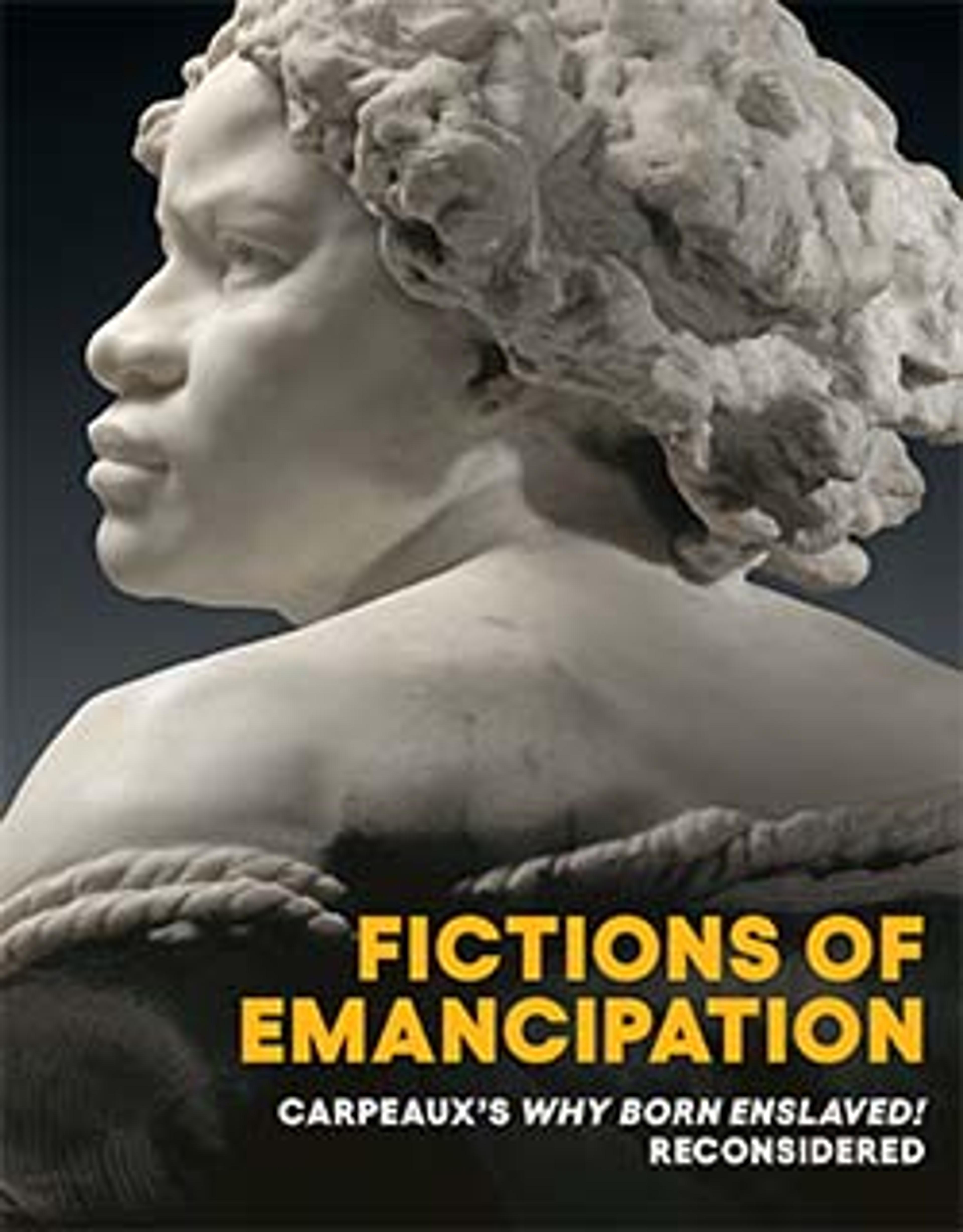Abolitionist Jug
Though humble in form, luster-glazed and transfer-printed ceramics objects such as this jug served as powerful vehicles for political change. Antislavery messages reached different classes of British society. Moreover, the quotidian form of the pitcher pointed to the important role that women played as consumers in the domestic sphere in voicing public opposition to the slave trade. The image of the freed slave on one side of the jug references the most famous piece of abolitionist ceramics, Wedgwood’s antislavery medallion, produced in 1787 to commemorate the establishment of the Society for Effecting the Abolition of the Slave Trade that year in London. William Cowper penned the abolitionist poem, “The Negro’s Complaint,” excerpted on the other side of the jug in 1788. Wedgwood’s medallion features a kneeling enslaved black man in chains, with the words “Am I not a man and a brother?” impressed in relief above him. The lusterware jug changes the word order found on Wedgwood’s medallion somewhat with the phrase, “Am not I a man and a brother?.” Though this jug was made some thirty years after Wedgwood’s medallion, abolition remained an active cause: Britain enacted the Slave Trade Act in 1807 prohibiting the slave trade, but did not completely abolish the practice of slavery until the Slavery Abolition Act of 1833.
Artwork Details
- Title:Abolitionist Jug
- Date:ca. 1820
- Culture:British, probably Stafforshire or Sunderland
- Medium:Pearlware (glazed earthenware) with transfer-printed and luster decoration
- Dimensions:4 1/2 × 5 1/2 × 3 in. (11.4 × 14 × 7.6 cm)
- Classification:Ceramics-Pottery
- Credit Line:Purchase, Brett and Sara Burns Gift, in honor of Austin B. Chinn, 2020
- Object Number:2020.106
- Curatorial Department: European Sculpture and Decorative Arts
More Artwork
Research Resources
The Met provides unparalleled resources for research and welcomes an international community of students and scholars. The Met's Open Access API is where creators and researchers can connect to the The Met collection. Open Access data and public domain images are available for unrestricted commercial and noncommercial use without permission or fee.
To request images under copyright and other restrictions, please use this Image Request form.
Feedback
We continue to research and examine historical and cultural context for objects in The Met collection. If you have comments or questions about this object record, please contact us using the form below. The Museum looks forward to receiving your comments.
